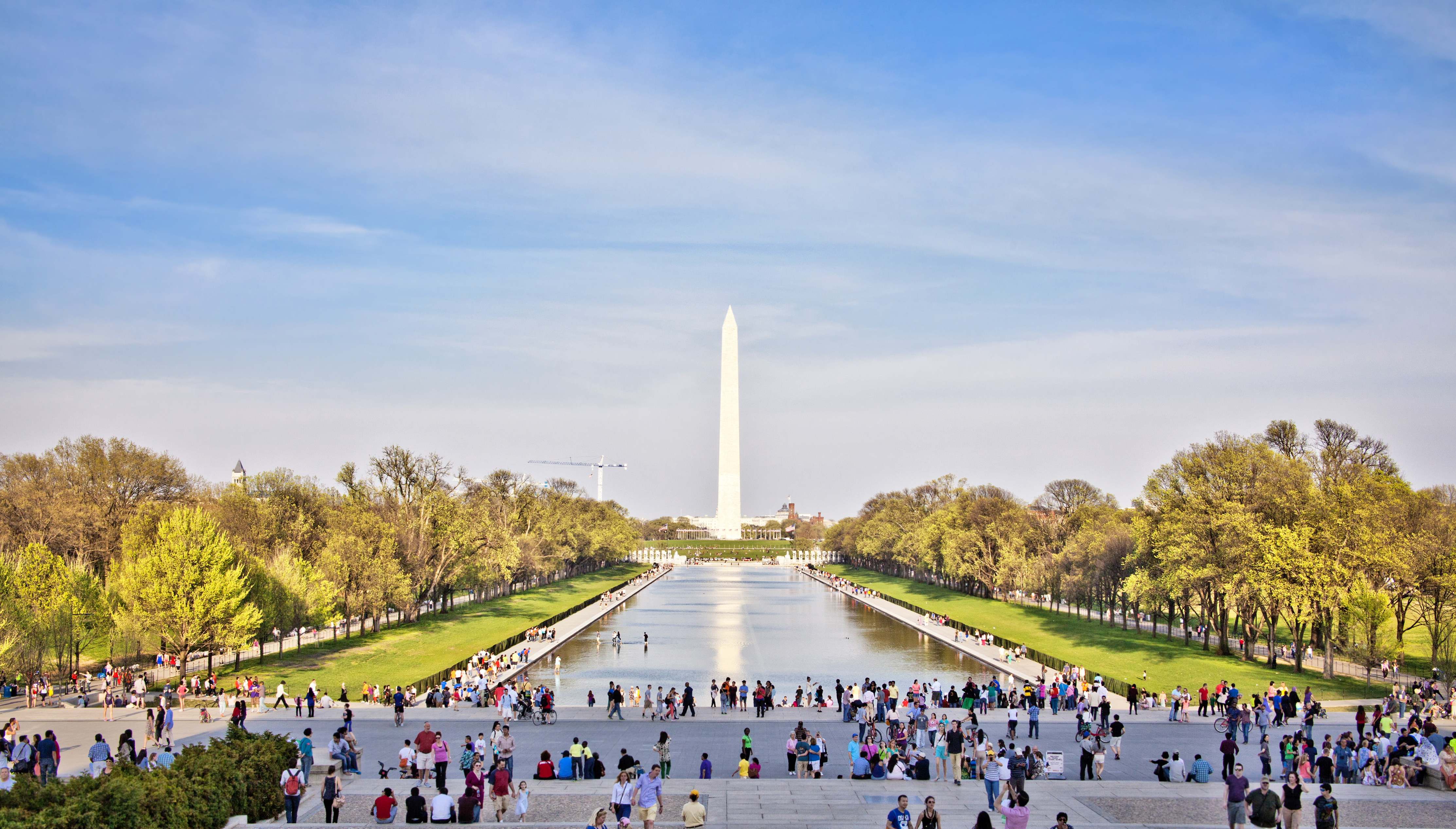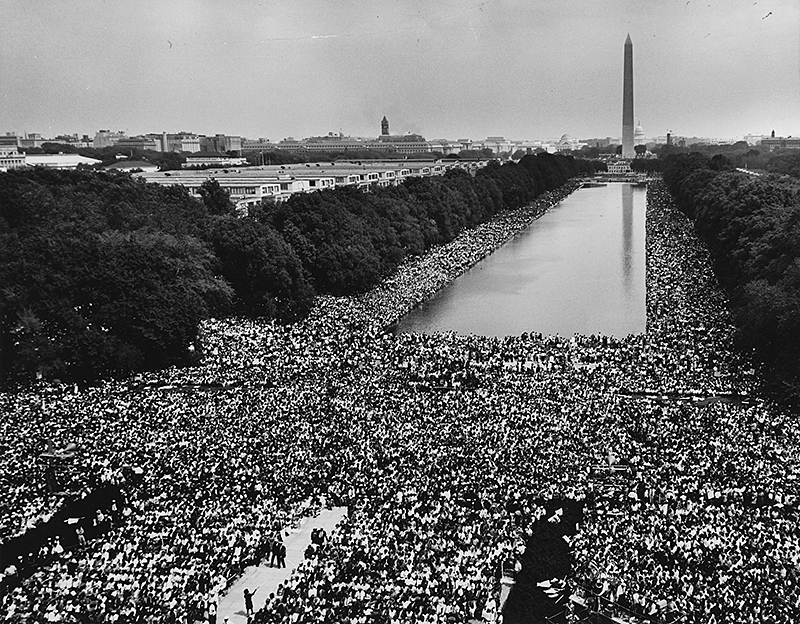National Mall is a narrow park that stands in front of the United States Capitol in Washington, D.C. Known as the “nation’s front yard,” the Mall extends for 2 miles (3 kilometers) to the west of the Capitol. It is the location of a number of important museums and national memorials. The Mall has also been the scene of numerous festivals, demonstrations, and celebrations. The site is part of the National Mall and Memorial Parks, administered by the National Park Service.

In 1790, President George Washington chose a site along the Potomac River for the new United States capital. In 1791, Pierre Charles L’Enfant, a French engineer and a former officer in the Continental Army, laid out the first plan for the city. He plotted the sites of the Capitol and the White House. His plan featured a grid of streets, diagonal avenues, parks, and a grand avenue with a “public walk” stretching west from the Capitol. The public walk was to be a dramatic open space with an arrangement of statues and “artfully planted” trees.
The federal government moved to Washington, D.C., in 1800. However, the public walk, which would come to be known as the National Mall, remained largely undeveloped for many years. In the 1870’s, the landscape architect Frederick Law Olmsted, Sr., designed the grounds of the Capitol. The 555-foot (169-meter) Washington Monument was completed on the Mall in 1884.

In the late 1800’s, many prominent Americans called for the development of a citywide park system for the capital. In 1901, the U.S. Senate assigned the task to a group headed by Senator James McMillan of Michigan. The McMillan Commission included such respected members as landscape architect Frederick Law Olmsted, Jr., architect Daniel Burnham, and sculptor Augustus Saint Gaudens.
In keeping with L’Enfant’s original vision, the commission planned to make the Mall larger and more symmetrical. Workers laid broad walkways and planted thousands of American elm trees. The Lincoln Memorial, at the west end of the Mall, was dedicated in 1922. Memorials later added to the Mall pay tribute to veterans of World War II (1939-1945), the Korean War (1950-1953), and the Vietnam War (1957-1975). A reflecting pool stretches between the Lincoln Memorial and the World War II Memorial.
The Mall is the setting of numerous museums associated with the Smithsonian Institution. The museums include the National Air and Space Museum, the National Museum of African American History and Culture, the National Museum of American History, the National Museum of Natural History, and the National Gallery of Art .
An area called the Tidal Basin adjoins the Mall south of the Washington Monument. This area, known for its thousands of Japanese cherry trees, is the site of memorials to Thomas Jefferson, Martin Luther King, Jr., and Franklin D. Roosevelt.
